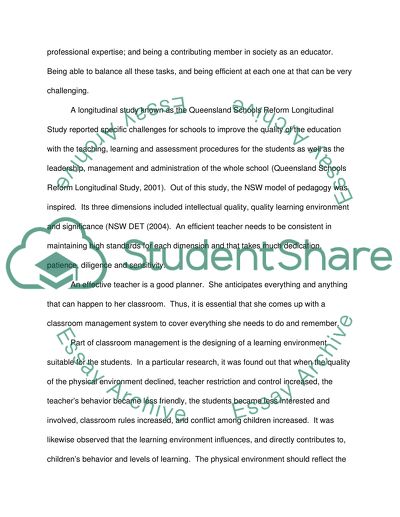Cite this document
(“The Framework of Effective Professional Teaching Literature review”, n.d.)
The Framework of Effective Professional Teaching Literature review. Retrieved from https://studentshare.org/education/1552880-essay-what-is-an-effective-teacher
The Framework of Effective Professional Teaching Literature review. Retrieved from https://studentshare.org/education/1552880-essay-what-is-an-effective-teacher
(The Framework of Effective Professional Teaching Literature Review)
The Framework of Effective Professional Teaching Literature Review. https://studentshare.org/education/1552880-essay-what-is-an-effective-teacher.
The Framework of Effective Professional Teaching Literature Review. https://studentshare.org/education/1552880-essay-what-is-an-effective-teacher.
“The Framework of Effective Professional Teaching Literature Review”, n.d. https://studentshare.org/education/1552880-essay-what-is-an-effective-teacher.


